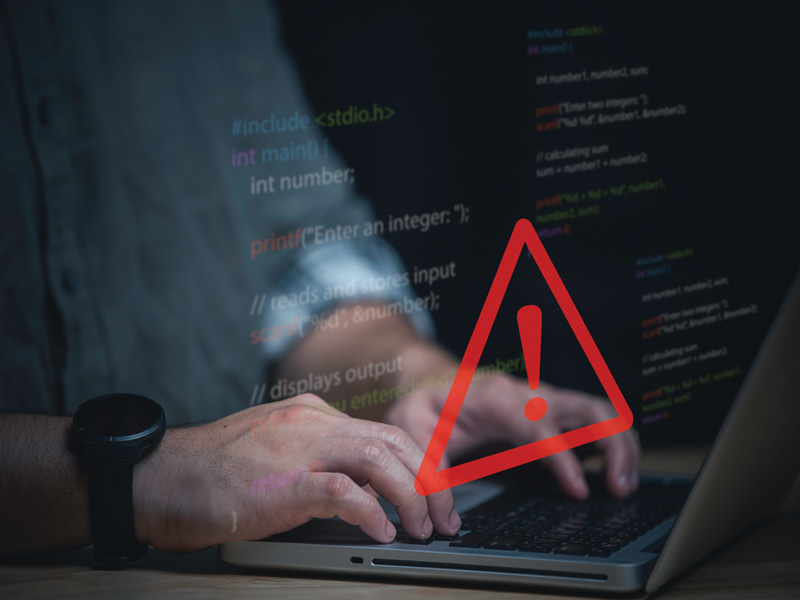

Cyber threats that appear harmless or hidden behind familiar digital elements can easily escape users’ attention.
Targeting users with social engineering and perception management, these threats make cybersecurity awareness more critical than ever.
Yusuf Evmez, WatchGuard Turkey, Greece and MEA Regional Manager, states that it is imperative to question every connection and be equipped with up-to-date cybersecurity measures in order to stay safe in the digital world, and lists 5 cyber threats that appear harmless but are very dangerous.
Fake applications with eye-catching designs, emails that use persuasive language, or seemingly reliable links can unknowingly expose users to threats. These types of attacks, which are usually supported by social engineering techniques, aim to turn moments when users are careless into opportunities.
Moreover, these threats can seriously endanger not only individual users but also the business continuity and brand reputation of organizations. Yusuf Evmez, Regional Manager of WatchGuard Turkey, Greece and MEA, stated that cybersecurity is not just about technical methods, but also encompasses a security system with the awareness of users to recognize threats, question them, and make informed decisions, and lists 5 cyber threats that appear harmless but are very dangerous.
1. Nearly Identical Phishing Attacks: Now, all it takes is a convincing email, a single click, or a moment of inattention to expose users to threats. Attackers create content that mimics trusted sources like banks, colleagues, or internal company systems to trick users. The most obvious clues to these fakes are usually small domain name differences like “support@micr0soft.com,” messages that create a sense of urgency like “update your account now,” or inconsistent branding that can be noticed when looked at carefully.
2. Old Software That Still “Works Well”: Just because old software is still functioning doesn’t mean it’s secure. When it comes to cybersecurity, software that hasn’t been updated becomes a

threat over time. Operating systems that haven’t been updated, forgotten browser add-ons, or unpatched infrastructures, especially on devices that work remotely, leave organizations vulnerable to attacks.
Updates, which are vital for the continuity of security, serve as an integral part of daily digital hygiene.
3. Risks Coming from Within the Organization: Oftentimes, mistakes made with good intentions within the organization can lead to serious security gaps. Lack of training, inadequate open communication channels, or weak password policies are among the main reasons for these mistakes. Creating a security culture that takes into account the human factor along with current technology is the key to minimizing current risks.
4. The Blind Spot of the Security Team: Shadow IT: Some individual solutions launched with the intention of speeding up business processes can turn into significant security vulnerabilities in corporate networks over time. This situation, called shadow IT, occurs when employees use software or hardware of their own choosing without official approval or control.
Actions such as inserting personal USBs, downloading free file sharing tools, or installing unknown applications create blind spots that security teams cannot access. Shadow IT applications, when combined with vulnerabilities such as weak encryption and incomplete access control, pose major threats in terms of both data loss and system integrity.
5. Incorrectly Configured Cloud Services: Cloud technologies provide flexibility and efficiency in business processes. However, a cloud environment that is incorrectly configured in terms of security brings risks.
The presence of sensitive data in a public storage area, forgotten administrator accounts with extensive permissions, or ineffective multi-factor authentication (MFA) are among these risks.
In order to use the power offered by the cloud securely, it is critical to follow security-conscious governance policies.

